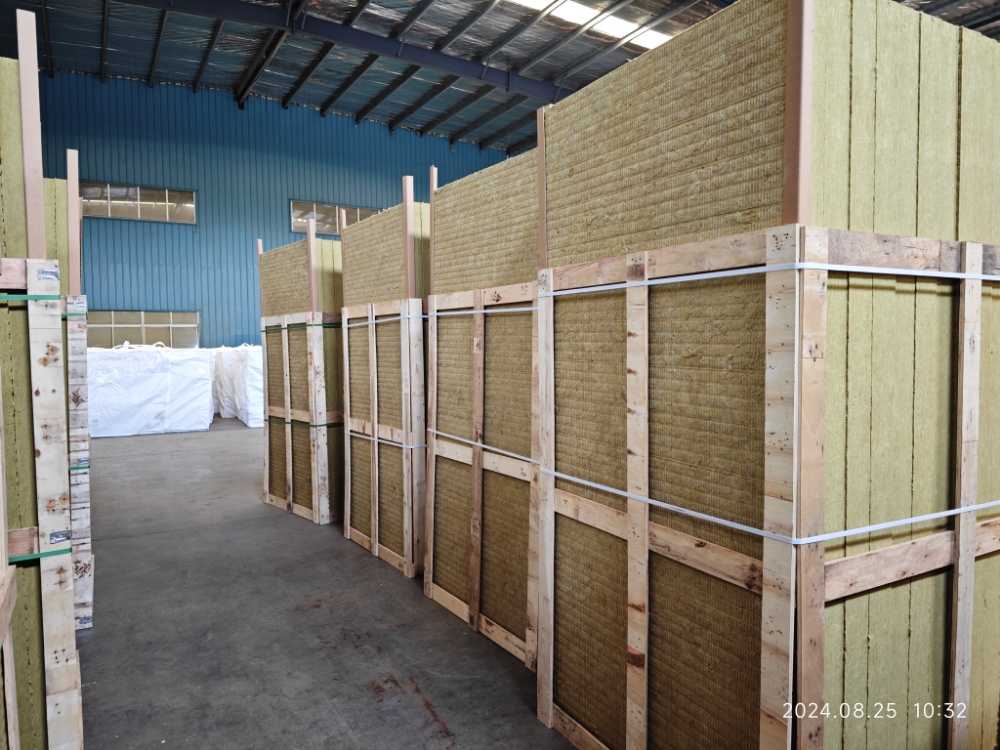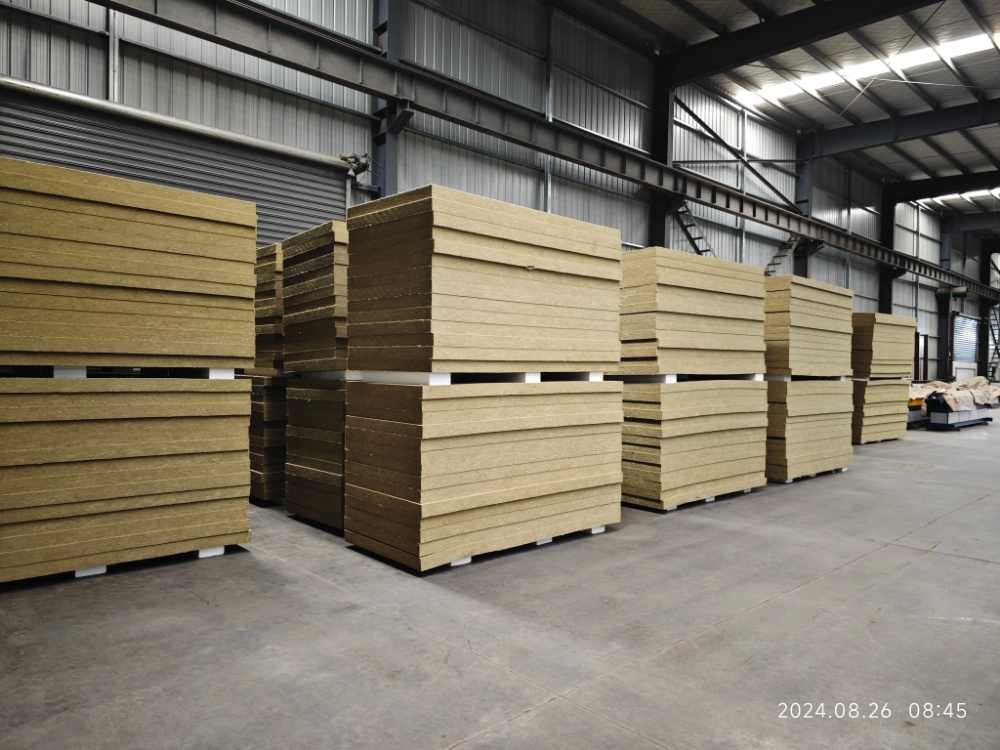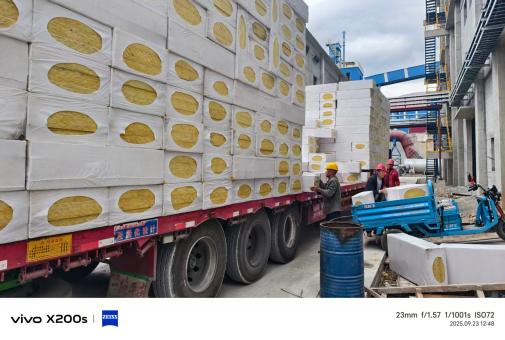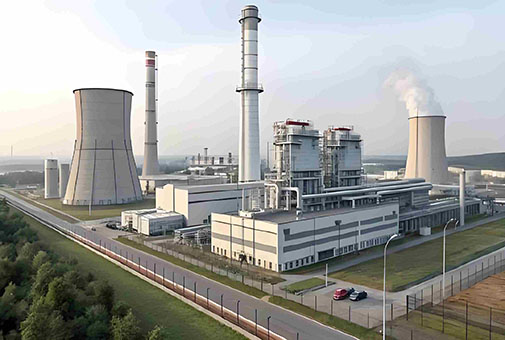In the pursuit of sustainable architecture, Passive House (Passivhaus) standards have emerged as a benchmark for ultra-low energy buildings. Among the materials driving this revolution, rock wool insulation boards play a pivotal role in achieving thermal efficiency, fire safety, and longevity. This article explores a landmark project in Germany—one of Europe’s largest Passive House communities—to highlight how high-density rock wool boards delivered a 90% reduction in energy consumption while meeting stringent environmental and performance standards.

This German Passive House initiative sets a global precedent by integrating advanced insulation technologies into residential construction. The goal: to slash heating demand to 15 kWh/(m²·a), a fraction of Germany’s standard 120 kWh/(m²·a) requirement. Central to this achievement is the use of 160 kg/m³ density rock wool boards with a 100mm thickness, engineered to create a seamless thermal envelope while resisting extreme temperatures and moisture.
Unmatched Thermal Performance
Rock wool’s fibrous structure traps air pockets, minimizing heat transfer. In this project, the 100mm-thick boards achieved a U-value as low as 0.15 W/(m²·K), critical for maintaining indoor comfort without reliance on active heating/cooling systems.
Fire Resistance & Safety
Classified as A1 non-combustible, rock wool boards provide a critical fire barrier, delaying flame spread and enhancing occupant safety—a non-negotiable feature for multi-family housing.
Moisture Management
Unlike organic insulators, rock wool is hydrophobic, repelling water while allowing vapor to escape. This prevents mold growth and structural damage in Germany’s variable climate.
Acoustic Insulation
The dense fiber matrix absorbs sound vibrations, reducing noise pollution by up to 45 dB, crucial for dense urban communities.
The project employed an Exterior Thermal Insulation Composite System (ETICS), combining rock wool boards with specialized ancillary materials:

Thermal Efficiency
Cost-Benefit Analysis
Despite a 5–7% premium vs. conventional insulation, the system delivered payback within 8–10 years through energy savings, aligning with Germany’s KfW Bank low-interest loans for sustainable construction.
Carbon Reduction
Annual CO₂ emissions per dwelling dropped by 3.2 tons, contributing to Germany’s 2045 climate neutrality target.
The project earned dual certification, underscoring its global relevance:
This case study demonstrates that rock wool insulation boards are not merely compliant with Passive House standards—they are enablers of scalable sustainable construction. Key takeaways for architects and developers:
As extreme weather events intensify, rock wool’s resilience to temperature fluctuations and humidity makes it a future-proof choice. Innovations like bio-based binders and recycled content (up to 40% in some products) further reduce environmental impact.


